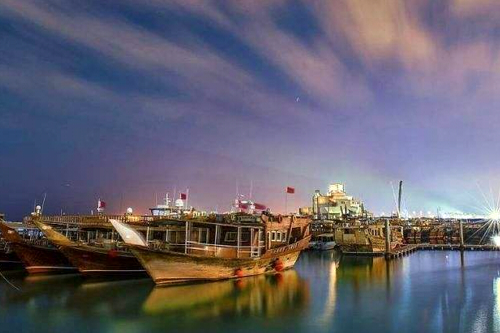The 50 Wealthiest Countries in the World
As ranked by the IMF according to their GDP based on purchasing power parity (PPP) per capita.
In 1937, an economist by the name of Simon Kuznets presented to Congress a formula for assessing the total economic power of the United States. It encompassed the economic production of individuals, companies and governments.
This was the original basis for what we now know as the Gross Domestic Product, or GDP. In 1940, the esteemed economist John Maynard Keynes made some adjustments and, in 1944, the Bretton Woods conference made the formulation the standard metric for measuring the wealth of nations globally. The world hasn’t really looked back since. GDP is now, in the words of Foreign Policy, the “one stat to rule them all.”
For all the popularity of the GDP as a measure, however, it has its critics. As early as the 1950s, economists were pointing out flaws. After all, there are more ways of measuring a nation than its economic strength – whether that’s culture or levels of happiness.

Robert Kennedy was one such critic, and in an impassioned speech – worth quoting at length – he laid out with his characteristic lyricism what the thought the GDP left out. “It does not include the beauty of our poetry or the strength of our marriages, the intelligence of our public debate or the integrity of our public officials,” he said. “It measures neither our wit nor our courage, neither our wisdom nor our learning, neither our compassion nor our devotion to our country, it measures everything in short, except that which makes life worthwhile.”
In 1972, the King of Bhutan announced his aim would be to increase GNH – “Gross National Happiness” – rather than GDP. Maybe he had the right idea.
This gallery reveals the 50 wealthiest countries in the world, as ranked by the IMF, according to their GDP based on purchasing power parity (PPP) per capita. These countries are big and small, north and south, relatively new and as old as nation-states can be.








